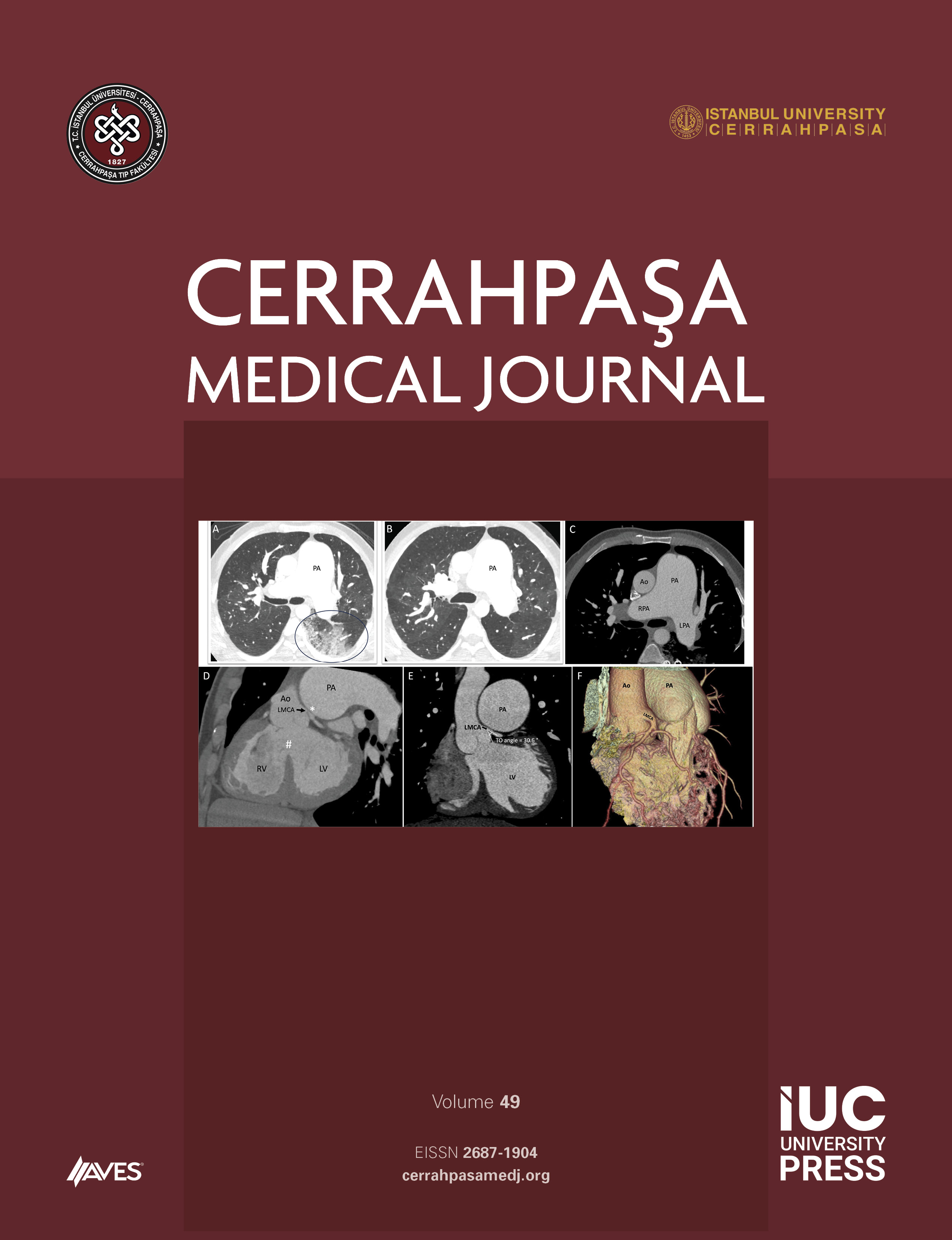Sarcoidosis is an idiopathic, chronic, granulamatous disease characterized by non-caseating granuloma, affecting almost any organ, but primarily the lungs, hilar lymph nodes, and the eyes. The central nervous system (CNS) is affected only in about 5- 15% of cases, called neurosarcoidosis. Involvement of CNS in sarcoidosis arises from the infiltration of the meninges leading to pachymeningitis, cranial neuropathies, hydrocephalus, encephalopathy, hypothalamic dysfunction. As any part of the nervous system could be affected from sarcoidosis, patients could present with a wide variety of symptoms. Clinical and neuroradiological manifestations include cranial neuropathy, aseptic meningitis, encephalopathy, vasculopathy, seizures, hydrocephalus, intracranial mass, cranial polyneuritis, chiasmal, hypothalamic and pituitary lesions, cognitive or psychiatric manifestations, multiple sclerosislike features, extraaxial mass lesions called local pseudotumors, myelopathy, peripheral neuropathy and myopathy. Neurosarcoidosis especially in the absence of systemic signs of sarcoidosis is a diagnostic challenge, which is made clinically with the aid of appropriate imaging studies, serological evaluation and histopathological studies. Its differential diagnosis should be made with other infectious, demyelinating, granulomatous, neoplastic, and connective tissue disorders affecting the nervous system. Treatment includes corticosteroids, cytotoxic drugs, immunosuppressive agents and radiotherapy.



